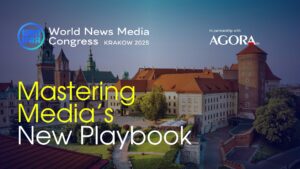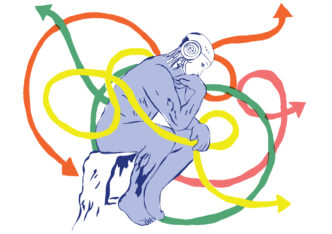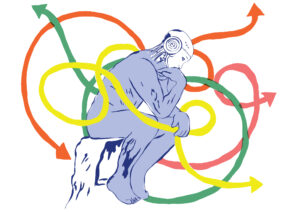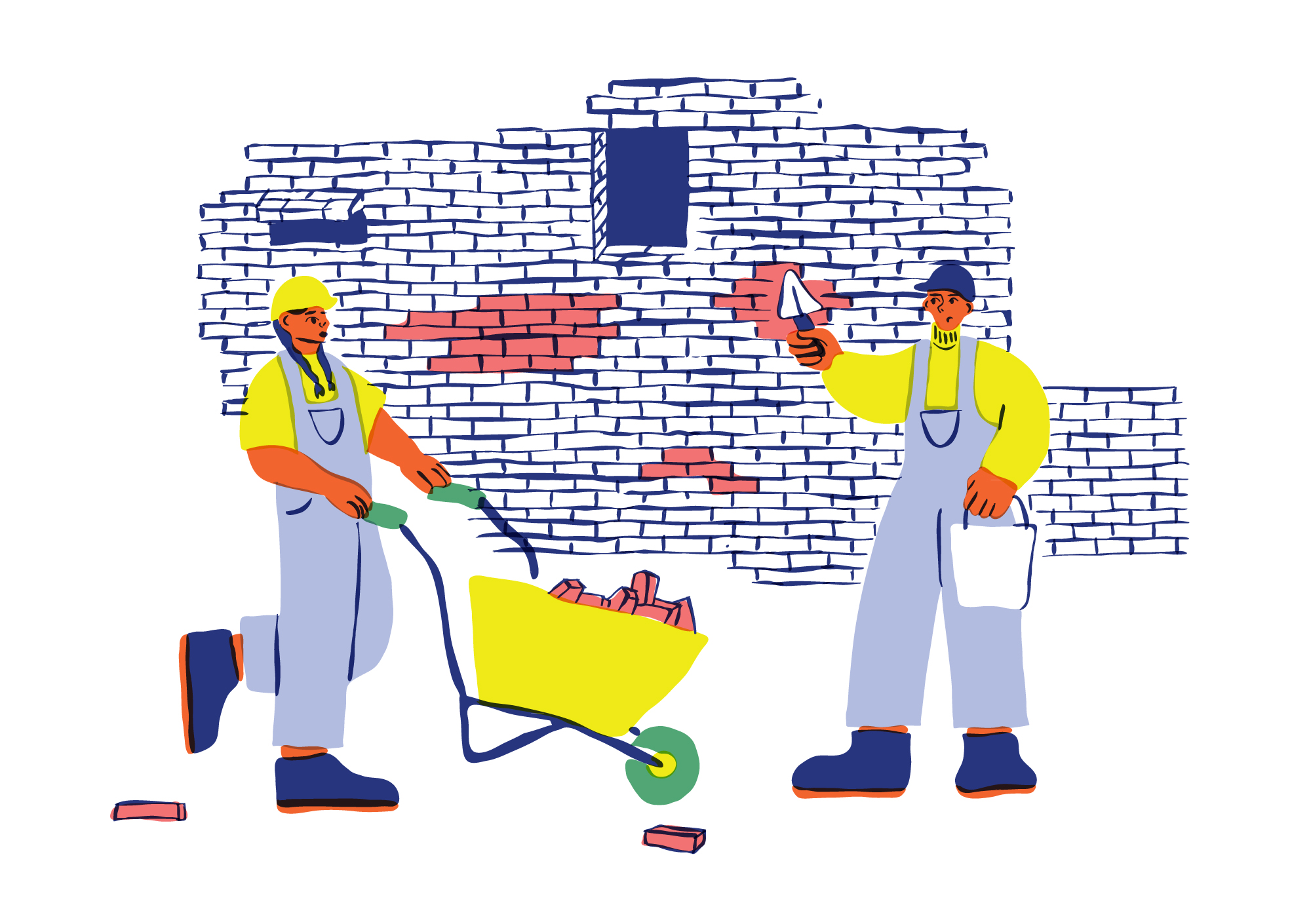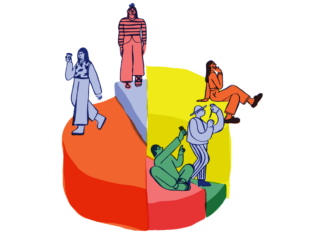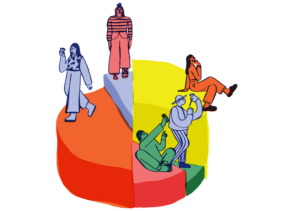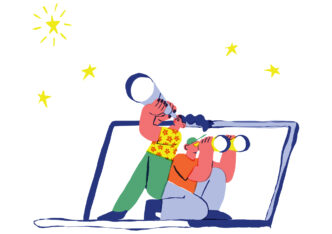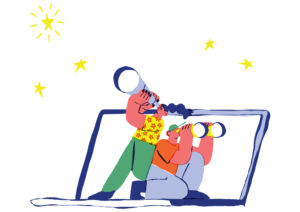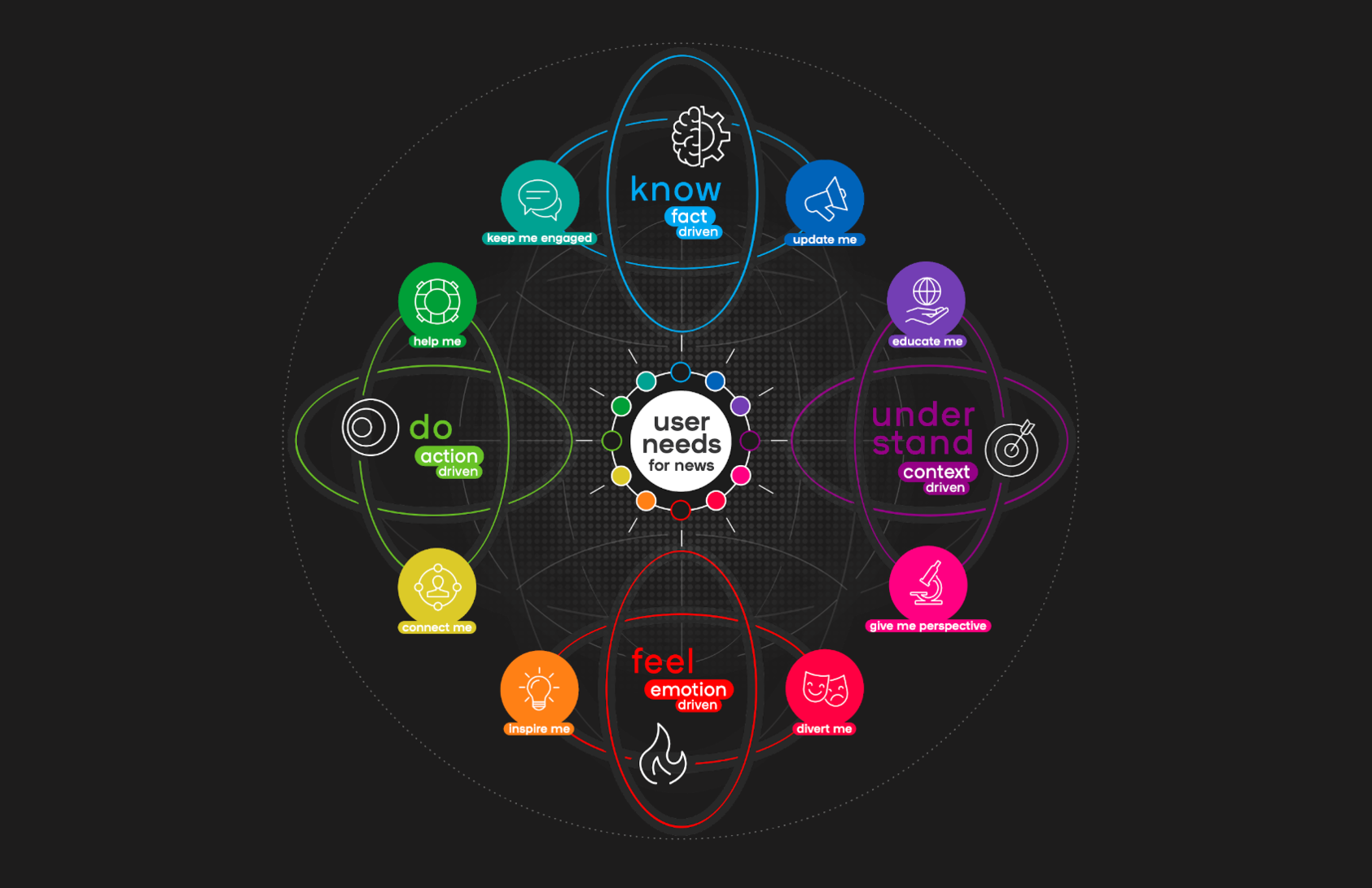

News organisations that want to deliver more value to their audiences now have a plug-and-play model they can use.
Dmitry Shishkin is back with an updated version of the user needs model, six years after posting his seminal article detailing six user needs. The updated model, user needs 2.0, so comprehensively maps people’s news needs that practically any news organisation can just use it off the shelf.
What is user needs
In my ten years in our industry working on audience development, I haven’t come across a model that’s as effective as user needs in bringing a newsroom closer to its audiences and delivering value to them.
The user needs model essentially provides news organisations with a set of needs that most people have when they’re consuming news content. It is premised on the idea that news organisations can be more valuable to audiences by addressing their news needs better and more systematically.
The original model comprised six needs:
User needs work
The model works and that’s why it’s been so effective across many news organisations. It delivers more value to people. And it delivers more reach and user engagement for news organisations.
Views to BBC Russian content nearly tripled in five years as the newsroom focused more on the news needs of their audiences. At The Conversation, focusing on the news needs of young professionals led to a 45-50% increase in the portion of people who read whole articles and helped secure partnerships with other publishers including Fast Company, Público and others.
I suspect another big reason user needs has been so effective within newsrooms is that it doesn’t so much as solve problems many newsrooms face when they try to become more informed by their audiences as it negates them entirely.
Sign up to The Audiencers' newsletter. Winning strategies, expert points of view and inspirations from publishers around the world to help you do your job better. Sent every two weeks.
An argument I hear often as we support teams within The Conversation to become more audiences-informed is: “we’re just going to publish clickbait articles if we just listen to what people want”.
But familiarity with the user needs model has consistently assuaged this concern. Because the user needs model doesn’t condescend to journalists by minimising their journalistic intuition and expertise. It doesn’t tell them what they must commission. Instead, it augments the impact of their ideas and enables them to produce content that is even more valuable to people.
And once they see it in action, once they see how anchoring their ideas around relevant news needs supercharges the reach and impact of their work, journalists become advocates.
At The Conversation, we started using user needs in 2020 with our UK newsroom to make its COVID coverage more valuable to people. The success of this project – despite our rather crude approach back then – has been eye-opening. We’ve since been deploying user needs across more teams to support them in becoming more audiences-informed.
User needs 2.0: “help me” and “connect me”
User needs 2.0 better captures people’s news needs today. The original model mapped people’s needs to know and understand what’s happening, and their need to be entertained or inspired.
But people are also looking for news content that they can use to do something, to take action. Over the years, audience research carried out by multiple news organisations has made this increasingly apparent. And this insight has informed the news needs that those organisations have looked to address with their journalism – from Vogue’s “make me feel responsible” to The New York Times’ “make my life easier” and The Conversation’s “motivate me”.
User needs 2.0 now incorporates this insight with the addition of two new action-driven user needs: “help me” and “connect me”.
“Help me” is more concerned with the personal. It is the need to find information that solves a problem, that details how to do that thing that will improve their lives.
“Connect me” is more societal in scope. It is the need to feel part of something bigger and act for the sake of not just themselves but others too. In one of our research with some of The Conversation’s climate readers, we kept hearing that they wanted to know more about what neighbouring communities were doing to mitigate or adapt to climate change. The need to be connected and to do something about the biggest crisis of our time was clear.
With the introduction of these two action-driven needs, this new model is comprehensive. It covers people’s needs to know, understand, feel and do. So comprehensive that the barrier for news organisations to implement user needs is now really low. Most news organisations can now just use the model without doing much user needs audience research of their own. The needs of their audiences is very, very likely to be represented in the new model.
Getting started with user needs
The user needs 2.0 model is detailed in a whitepaper just published by Shishkin and SmartOcto. An entire section of the whitepaper is devoted to implementing the model in newsrooms (addressing the “help me” need!).
It boils down to:
- know your audience (at least a little bit) and determine their news needs
- create a baseline to understand how well (or not) you’re addressing those news needs
- start focusing on user needs to create more value to people
You can also read this detailed piece which explains how we implemented user needs with The Conversation’s UK newsroom.
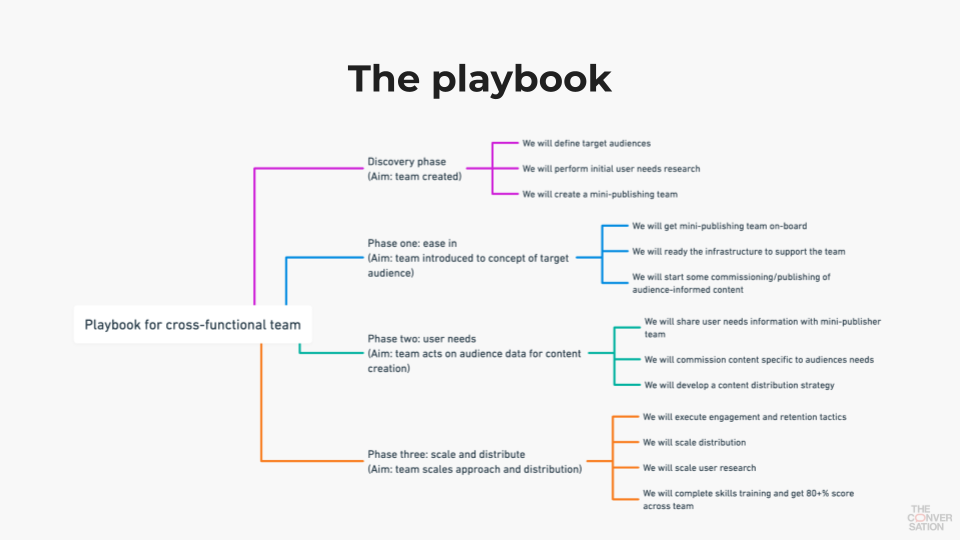
The user needs model can be transformational. It’s an actionable model that helps news organisations elevate the power of their journalism and be more valuable to people. And the more valuable we are to people, the more they trust us, the more they come back to us. It’s a win-win. Implement it.


